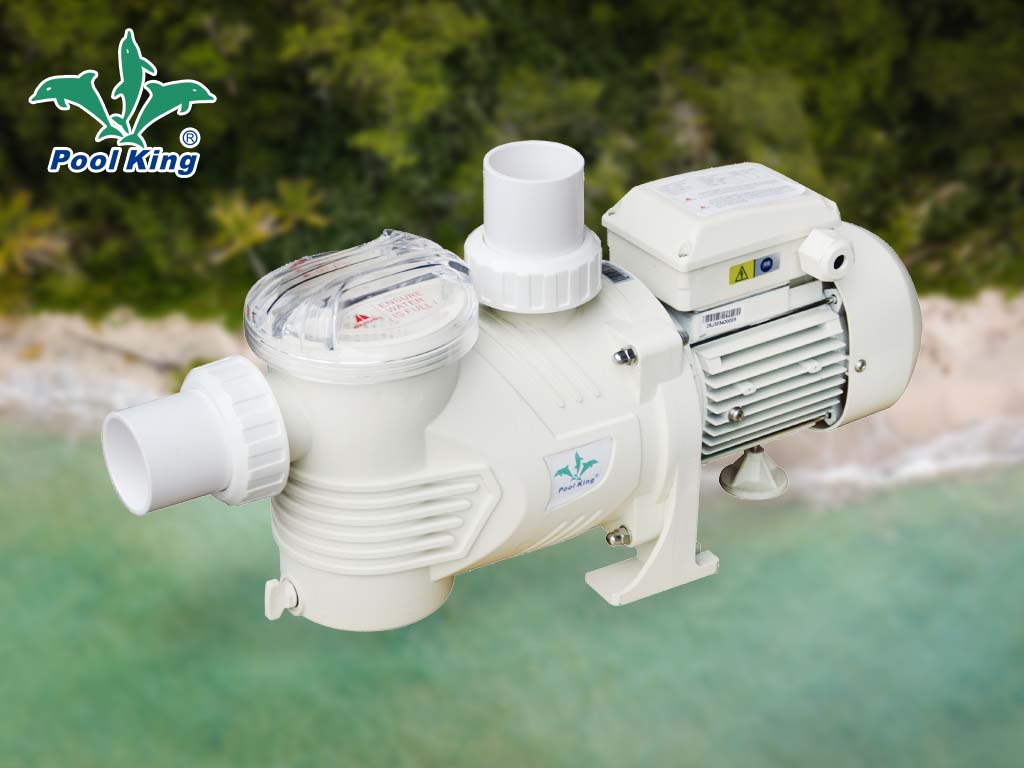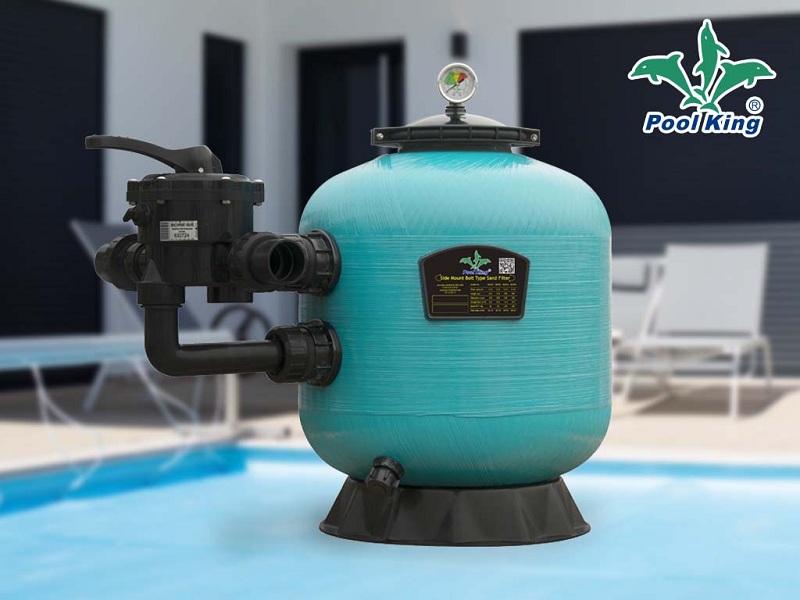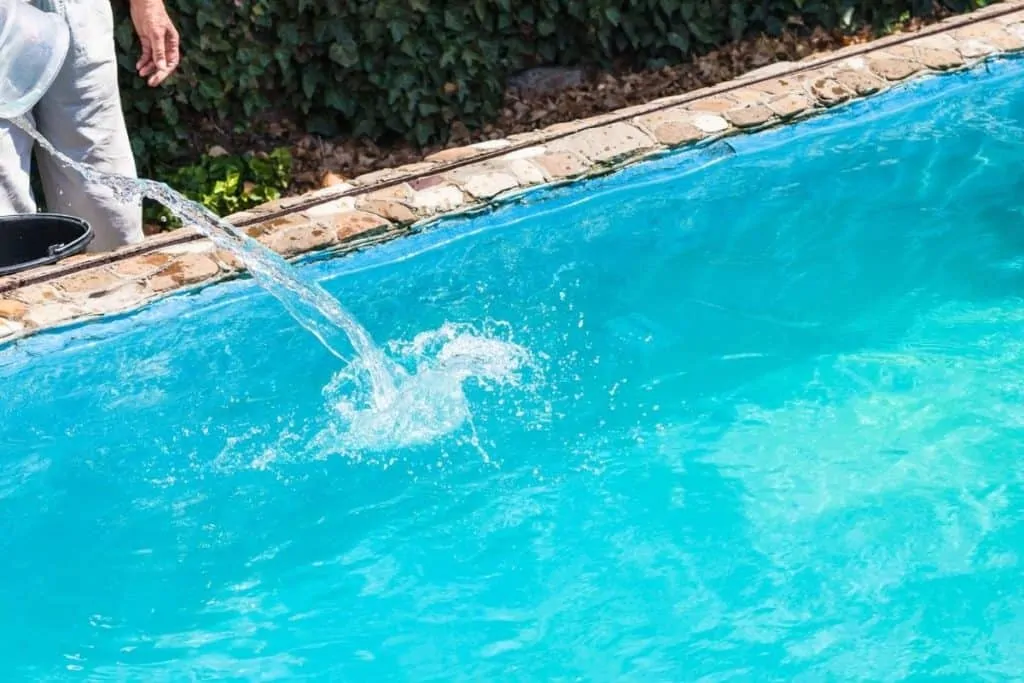Pool Recirculate Vs. Filter: Best Practices After Shocking
Do you want a sparkling clean pool all season long? Understanding the interplay between your pool's circulation system and the shocking process is key to achieving crystal-clear water.
The world of pool maintenance can sometimes feel like navigating a complex maze. One of the most crucial aspects, and one that often leads to confusion, is the proper use of your pool's pump settings, particularly when shocking. This article delves into the intricacies of pool recirculation and filtration, providing a comprehensive guide to help you achieve and maintain pristine pool water. We will break down when to use the "recirculate" setting, when to opt for the "filter" setting, and the critical role each plays in keeping your pool a healthy and inviting oasis. This is crucial for all pool owners.
Before we dive into the details, let's clarify a fundamental point: both recirculation and filtration are essential components of a comprehensive pool maintenance strategy. While they perform different functions, they are both vital for a healthy pool environment. The filter removes particulate matter, while recirculation aids in circulating the water throughout the pool, ensuring even distribution of chemicals and preventing stagnant areas.
- Movierulz News Updates Latest Releases Reviews More
- Best Desi Tv Box Options Watch Indian Shows Online More
| Category | Details |
|---|---|
| Topic | Pool Water Circulation and Shocking |
| Key Components | Pool Pump (Filter and Recirculate Settings), Pool Filter, Chemicals (Shock, Algaecide), Pool Water |
| Settings and Their Uses |
|
| Shocking Process | Typically done at night. Pour shock near the water return. Brush the pool. Filter after shocking for a minimum of 6-8 hours (or longer for heavy algae). Test chlorine levels. |
| Chemical Considerations | Avoid adding shock and algaecide at the same time. Do not add shock through the skimmer or combine with certain chemicals. |
| Filter Maintenance | Backwash DE filters when pressure gauge is 10 psi over normal. Clean cartridge filters when pressure reaches 10 psi over normal. |
| Run Times | Run the pump/filter for 8 hours a day. Adjust as needed based on pool use and circulation. |
| Troubleshooting | Algae blooms may require extensive filtering and shocking. Filter malfunctions will also lead to cloudy water. |
| Water Quality | Residential pool water filtration turns over once daily to have proper filtration |
| Source for More Information | Trouble Free Pool (TFP) |
The "recirculate" setting on your pool pump is a valuable tool, but it's not a replacement for filtration. It is used to quickly circulate water, offering advantages in specific situations, such as addressing severe algae blooms, or when initially mixing chemicals. This setting bypasses the filter, which means that while the water is circulating, it is not being cleaned of debris. As such, the recirculate setting should be used in conjunction with other actions, and its use should be limited to the situations where its advantages are most significant.
When shocking your pool, the primary goal is to raise the chlorine level high enough to kill algae, bacteria, and other contaminants. The chlorine needs to be distributed evenly throughout the pool. Pour the shock directly into the pool and near the water return, to ensure the shock gets distributed quickly and evenly. This is where the recirculate setting can play a crucial role. It allows you to rapidly mix the shock throughout the pool, ensuring that every corner of the pool receives the treatment it needs. Using the recirculate setting immediately after shocking for about 6 hours is a common practice. It is important to remember that during this time, the water is not being filtered.
The ground pool incorporates a pool pump filter, designed for cleaning the water. Filter pumps do the heavy lifting, removing dirt, debris, and other particles that cloud your water. The filter setting is the primary setting to use after shocking your pool. After using the recirculate setting, the next step is to switch the pump to the filter position. This allows the filter to remove the dead algae and other contaminants that the shock has killed, thereby restoring the clarity of the water. Generally, you should run the filter for at least 8 hours after shocking, allowing the filter to effectively clean the water and give the shock enough time to fully mix with the pool water.
- Malia Obama Her Life Love Wedding The Latest Updates
- Watch Movies Shows Online Your Guide To Legal Streaming Options
There are instances when an algae bloom takes hold. In these extreme situations, the standard filtration process might not be sufficient. Extreme algae blooms and filter malfunctions are the exception to the rule, and may require longer filtration times, even 24/7 filtration in severe cases, to clear the water. Using the recirculate setting for a period can help to break up the bloom, especially when combined with brushing the pool walls and floor to dislodge algae. However, it's crucial to understand that this is a temporary measure. The real solution to clearing an algae bloom is to combine shocking, brushing, and sustained filtration to remove the dead algae.
The question of "when to put the pool on recirculate" often arises. As mentioned above, the recirculate setting is particularly useful for mixing chemicals, such as when shocking the pool or adding other treatments. It is also useful for dealing with filter malfunctions, giving you a way to keep the water circulating while you troubleshoot or repair the filter. However, keep in mind that this setting bypasses the filter, so use it judiciously and switch back to the filter setting as soon as the immediate need for recirculation is over.
The length of time to run your pump after shocking depends on several factors, including the severity of the problem and the type of filter. After shocking, a minimum of 6-8 hours of filtering is generally recommended. However, in cases of significant algae blooms or cloudy water, running the filter for 24 hours or even longer might be necessary. The goal is to maintain a clean and healthy pool environment.
You should run your pump/filter as long as it takes to keep the pool clean. Residential pool water only needs to be turned over once daily to have proper filtration. Some pools have great circulation combined with low use, therefore run times can be quite short. Other pools have lousy circulation systems and huge bather loads, and even 24/7 filtration has trouble keeping up. Monitor your pool's condition, and adjust the filter run time as needed to maintain water clarity. If the water is still green after shocking, further treatment, such as additional shocking, or the use of algaecide, might be necessary.
Frequently asked questions (FAQs) about shocking and circulating your pool can guide you through the process. What does "shocking" a pool actually do? Shocking a pool raises the chlorine level significantly, which is crucial for killing algae, bacteria, and other organic contaminants. Pour the shock directly into the pool and near the water return to help with the distribution. How often should you recirculate your pool? Recirculation should be used when mixing chemicals, such as when shocking the pool, addressing algae blooms, or when troubleshooting filter problems. Keep in mind that the recirculate setting bypasses the filter.
To ensure your pool remains clear and healthy, it's important to run your pool pump and filter for an appropriate amount of time after shocking. You should run them for at least 8 hours to allow the filter to clean the water effectively. Remember, running your pool filter after shocking is an essential step as this will help to keep your pool looking great and safe. Pool filter systems need to be run for two reasons after shocking your pool: it helps to circulate and distribute the pool shock and running a pool filter also helps to keep the pool clean.
It is best to use recirculate on the pool filter when adding chemicals to the water, handling algae, repairing the filter, or wanting to clean the pool. If you are repairing a damaged pool filter, you will always want to have this setting on. If youre looking to recirculate your pool water, follow these simple steps: turn off the filtration system of your pool pump, switch the valve on your pool pump to the recirculate setting. Brush the pool after shocking, and filter the water for at least 8 hours afterwards. If chlorine level is zero within 8 hours of shocking pool, shock the pool again with even more chlorine.
While shocking and adding algaecide is effective in getting rid of algae, it should not be done together. Should you run your filter when you shock your pool in this regard? Pool shock treatment will lower chlorines potency, causing you to use twice as much chemical or rendering your shock treatment ineffective. Some pool maintenance mistakes are relatively minor. But since making this one can literally blow up your pools filter system, we recommend avoiding it at all costs. Combining calcium hypochlorite or dichlor pool shock and chlorine creates a deadly gas.
When shocking a pool, the best practice is to allow a few hours for the chlorine to circulate and fully disinfect the pool. As shocking is best done at night, it gives the pool a solid 8 hours to circulate the chlorine.
With over 400,000 members, TFP (Trouble Free Pool) is the largest and most influential pool & spa website on the internet. Tfpc (trouble free pool care) is a methodology, not a product that you must purchase. It is being practiced by thousands of pool owners just like you.
- Michael Consuelos Marriage A Deep Dive Into His Life Love
- Movierulz Features Risks Alternatives How To Stream Safely

What Setting Should Pool Pump Be on When Shocking? Poolking

How Long Should You Run Filter After Shocking Pool? Poolking

How Long Should You Run Filter After Shocking Pool?